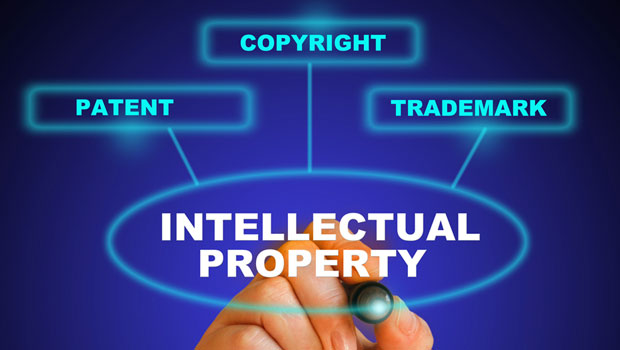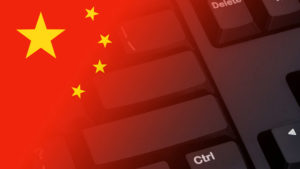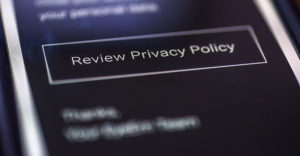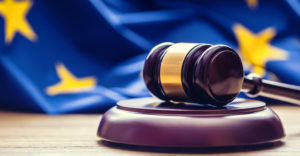Amazon is keenly interested in protecting the intellectual property rights of its third-party sellers because the company depends upon them for their long-term success. In a recent newsletter to shareholders, Amazon CEO Jeff Bezos explained that third-party sellers currently make up a majority of the site’s gross merchandise sales, with the share of revenue from third-party sellers having grown from just 3 percent in 1999 to 58 percent today.
However, Amazon has been struggling to develop and implement new systems to protect its sellers from counterfeits and IP infringement. Amazon is in the process of implementing four big changes:
- Federal trademark registration requirements are changing to qualify for Amazon Brand Registry, the company’s program to help brands protect their product listings;
- Trademark application requirements are changing for foreign domiciled applicants outside of the U.S.;
- A new dispute resolution system is being implemented to resolve future seller IP disputes;
- Finally, Amazon is launching its Project Zero program that allows qualifying merchants to directly remove infringing listings themselves.
It is critical that Amazon sellers adapt to these significant changes so they don’t get caught off guard by the competition.
Changes in Amazon Brand Registry
Most Amazon sellers are aware of Amazon Brand Registry (ABR), and how critical it is to obtain and maintain this qualification. ABR allows sellers to have more control over their product listings and ensures that information associated with their brand is accurate.
A seller who has ABR is free to edit the title and description of their products, as well as upload additional images, including video, among other options. Those who have ABR also have access to powerful search and report tools, as well as the benefit of certain automatic infringement protections. You can apply for Amazon Brand Registry here.
Amazon recently changed its rules regarding qualification for ABR. While the company once accepted a single trademark registration in any country, it now requires an Amazon seller to register its trademark in each country where it wants to obtain ABR.
Consequently, to qualify for ABR in the U.S., a seller is required to register its trademark on the Principle Register of the U.S. Patent and Trademark Office (USPTO). The mark must be limited to a text or image mark, such as a logo. Other forms of trademark registration are excluded.
Trademark registration in a foreign country is no longer acceptable. Sellers that have foreign registrations will need to register their trademarks with the USPTO as soon as possible, as it can takes eight to 12 months to obtain one.
Furthermore, they may need to research their trademark to make sure it doesn’t conflict with prior U.S. trademark registrations, or with other common law trademark rights in the U.S. Common law trademark rights arise when a company uses a trademark in commerce in the U.S. without filing to register the trademark with the USPTO.
Since this process takes time, and potentially could expose previously hidden trademark conflicts, it is critical that sellers start the trademark application process as soon as possible so their qualification for ABR is not lost.
Foreign Domiciled Sellers Filing U.S. Trademark Applictions
Until now, all trademark applicants have been able to file trademark applications themselves to reduce costs. Recently, however, the USPTO has been struggling with the amount of fraud perpetrated by some foreign applicants.
To combat this growing problem, the USPTO announced that all foreign domiciles (applicants residing outside of the U.S.) are required to use a U.S. attorney in order to file a trademark application with the USPTO. This change will go into effect Aug. 3, 2019. Therefore, Amazon sellers wishing to obtain ABR must work with a U.S. attorney to obtain a U.S. trademark.
Foreign domiciled Amazon sellers will want to establish a relationship with a reputable U.S. licensed attorney to file and prosecute their applications with the USPTO to avoid problems that may delay their trademark registrations and interfere with qualification for ABR.
Patent Disputes on Amazon
Amazon long has struggled with IP disputes on its platform. On one hand, it wants to protect its valuable third-party sellers from being knocked off by counterfeiters. On the other hand, Amazon is not a courtroom and does not have the ability to adjudicate often complex patent and trademark disputes between competing sellers.
To resolve this problem and combat patent infringement, Amazon has implemented a new program that enables arbitration of patent disputes through an Amazon appointed patent attorney. The system involves the following steps:
- Once a patent holder has filed to take down an infringing Amazon listing, the alleged infringing seller is notified and has 21 days to contest the accusation. To challenge the allegation, the seller must submit US$4,000 to a neutral Amazon selected patent attorney. However, if the seller does not challenge the accusation, the listing will be removed.
- Assuming the seller does in fact challenge the allegation of infringement, the patent owner also must submit $4,000 to proceed with the dispute resolution.
- The Amazon appointed patent attorney then will review all necessary information (usually over a period of two months) and will reach a decision soon after. Amazon either will leave or remove the listing depending on the practitioner’s decision. The “winner” of this evaluation will be refunded the $4,000 payment while the “loser” will forfeit the payment to cover the costs of the dispute resolution.
These reforms should be a welcome relief for all patent holders selling on Amazon, and they should help new product developers successfully fight the flood of knockoff products, and maintain healthy profit margins on their Amazon products.
These changes serve to increase the importance of patents within the critical Amazon marketplace. Most experts expect the rapid growth in new patent filings by Amazon sellers to continue to increase as the marketplace becomes even more competitive.
Furthermore, as the offensive use of patents increases, defensive patent filings also will increase as established sellers seek to insulate themselves future patent infringement claims.
Amazon’s Project Zero
Amazon also has launched Project Zero, a new program that allows an Amazon seller that has qualified for Amazon Brand Registry to provide identifying information to indicate ownership of IP such as a U.S. registered trademark. The Project Zero system then provides powerful tools for identifying and removing infringing listings.
Project Zero first provides powerful automated software tools that automatically seek and remove infringing listings. The system also allows qualified sellers to remove counterfeit listings directly with a self-service tool, rather than request a takedown from Amazon.
Finally, Project Zero enables sellers to apply a unique code to each manufactured unit so that counterfeit products may be detected and removed. Known as “product serialization,” this provides a powerful tool to prevent the sale of counterfeit goods on Amazon.
While Project Zero is currently an invitation-only program, it is possible to sign up for a waitlist at the Project Zero website here.
Infringement on Other Sites
Since small business sales online have increased so dramatically in the last five years, other sites have had to formulate anti-infringement systems like Amazon’s. For example, Alibaba.com, which enables sellers to purchase products directly from Chinese manufacturers, will remove listings of counterfeit goods and root out repeat offenders.
According to Alibaba Group letters to shareholders, nearly all IP-related takedown requests received from brands and rights holders are handled within 24 hours as new data-modeling allows more effective and faster processing of claims. Eighty-three percent of requests have resulted in successful takedowns.
Other sites dealing with an influx of IP-related claims include Shopify and eBay. Both now offer simplified forms to help users easily report counterfeits and receive expedited responses.
Final Thoughts
Intellectual property has become essential in this hypercompetitive global economy. New products should be launched only after trademarks have been researched and filed, and after some form of patent protection is established for design or unique utility features of the new product.
Sellers then will have the necessary tools to protect new products from copying, counterfeiting and other forms of IP infringement. These protections will allow sellers to maintain healthy margins on their new products, and profit from their design and development efforts. Fortunately, Amazon has provided important new tools to assist sellers in their efforts.














































It is not just the IP address that Amazon is tracking. It is a combination of email address, bank or credit card info, social security number or ETIN, and IP address.
Maybe the best solution will be to get into the witness protection program and get a whole new identity.